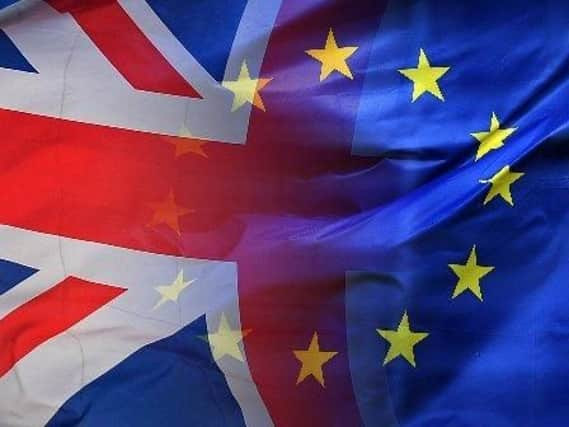European Elections: Voting systems explained


So, we've put together this handy explainer..
Following the agreement reached at the 10 April European Special Summit, the UK’s departure date is set to be 31 October or before. This means that the UK is now legally obliged to participate in the European Elections this Thursday.
How are MEPs elected in the UK?
The UK is divided into 12 regions: nine in England, and one each for Scotland, Wales and Northern Ireland. Aylesbury is in the South East of England region, with Berkshire, Buckinghamshire, East Sussex, Hampshire, the Isle of Wight, Kent, Oxfordshire, Surrey and West Sussex.
Advertisement
Hide AdAdvertisement
Hide AdEach region has a set number of MEPs, who are elected through proportional representation – although the method differs between Great Britain and Northern Ireland.
In England, Scotland and Wales, MEPs are elected using the D’Hondt system within each region. We've attached a video so you can try and get your head around it..
Parties draw up regional lists of candidates which they share with the electorate. The party that wins the most votes can send the candidate at the top of its list to Brussels.
The winning party’s vote total is then halved, and the party with the highest tally in the second re-ordered list can send an MEP to Brussels.
Advertisement
Hide AdAdvertisement
Hide AdThe process repeats itself until all candidates for the region are appointed.
You can view the full list of candidates here
How are MEPs elected?
Confusingly, there are different voting systems used across the EU. But all are some form of proportional representation, which is where parties gain seats in relation to the number of votes they get.
In Aylesbury, you will be able to vote for party of your choice, in the closed list systems.
Here's how they work
Closed lists:
Some vote for parties, who have selected a fixed list of candidates to appear on the ballot paper.
Advertisement
Hide AdAdvertisement
Hide AdThe number of MEPs a party gets elected is proportional to its vote share, as long as it passes a minimum threshold, often 5%.
So if party X gets 30% of votes in a country allocated 10 MEPs, it would get 30% or 3 MEPs.
Candidates at the top of the list are chosen first.
Some other European countries however, use the open list system, explained below.
Open lists:
Other countries have more open lists where voters choose a party or indicate who is their favourite candidate.
Advertisement
Hide AdAdvertisement
Hide AdThis allows voters to change the order of the party lists and influence who is elected first, in contrast to the fixed or closed list.
Single transferable vote (Northern Ireland):
There is also the single transferable vote, where electors choose as many candidates as they like and number them by preference
The numbers tell those counting to transfer the vote of any candidate that has passed the threshold to be elected or has no chance of winning.
When a winning candidate gets enough votes, all additional ballot papers with him as the first choice are ignored and second preferences counted instead.